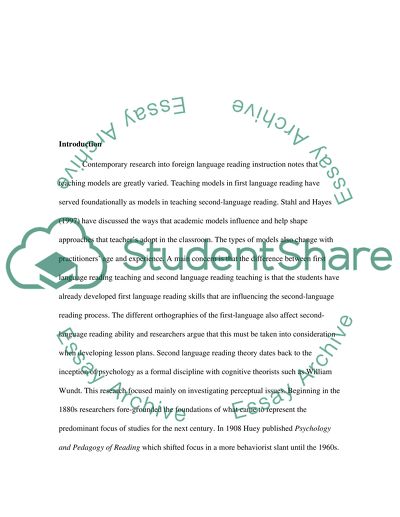Cite this document
(“In 2,500 words, discuss and analyse the key principles important for Essay”, n.d.)
Retrieved from https://studentshare.org/environmental-studies/1406338-in
Retrieved from https://studentshare.org/environmental-studies/1406338-in
(In 2,500 Words, Discuss and Analyse the Key Principles Important for Essay)
https://studentshare.org/environmental-studies/1406338-in.
https://studentshare.org/environmental-studies/1406338-in.
“In 2,500 Words, Discuss and Analyse the Key Principles Important for Essay”, n.d. https://studentshare.org/environmental-studies/1406338-in.


